October light can provide great photo opportunities in the garden
Toby…. Mon Amour !
October is a good month to plant new trees and shrubs or to divide perennial plants as there will still be warmth in the ground to get the roots off to a good start before winter and the cold weather sets in although I now hesitate to plant shrubs at this time that keep their leaf throughout the year as some garden centres do not harden off the plants properly , keeping them under glass and these can perish when planted out at this time … better to let the garden centre take the loss and only buy in Spring .
October and November are when I move trees and shrubs that have not done well after a year or two in a particular location as I know hardiness is not a problem with trees already in the garden just that the original selected location did not suit them .
Now is also a good time to do a small bit of pruning back , nothing drastic just a tidying up cut back and with this in mind Snezana set out today to clean up some Kilmarnock and Purple willows but somehow my directions to only cut off branches suckering out from the main stem and she took huge chunks out of the salix purpurea which is a small tree grafted to a common willow rootstock which has a nasty habit of suckering and trying to revert …… if you don’t remove the suckers they will eventually take over the entire tree and eradicate the grafted specimen . You don’t just prune these suckers out as a clean cut just encourages them to grow again … the best way is to roughly rip the sucker off the stem but it is a never ending job throughout the growing season and you need to keep an eye on a grafted salix purpurea and the beginner gardener is easily fooled into thinking that the rampant growth of the suckers is terrific and before you know it you have a thriving common willow and no weeping purple willow !
To confuse the beginner gardener even further the Kilmarnock Salix Caprea commonly called the Pussy Willow because of its white catkins in Spring does not sucker at all even though also grafted onto a common rootstock but this tree grows on top of the previous year’s growth and if you are not rigorous in cutting out from under the canopy of branches all of last year’s dead growth eventually the tree will topple over with the extra weight … so with the salix purpurea not pruning it will end up with a complete take over by just a common willow while with the Kilmarnock Willow you end up with a dead tree .
Snezana as usual lethal with a pruning shears or saw in her hand took the pruning criteria with a grain of salt and cut everything that was growing upwards thinking these were suckers and the air just like the willow turned purple with my “ what the f..k s ” when I saw the massacre “ but I must admit while I normally leave the salix purpureas grow all over the place as I like the untidy look of the tree , it does also look good with a more pruned back structured look ….. and as her usual statement “ I didn’t do it with purpose “ is true so is the follow up statement in such slaughter of the innocents “it will grow back ” !!
October and early November are also the best time for planting spring bulbs such as daffodils , tulips and alliums and these I plant in groups of never less than seven as there is nothing as mean looking as a pair of sad looking daffs as they need to be in a large clump and I generally plant daffs in groups of eleven , alliums in five as they have such large heads when in flower and need space , tulips I hardly ever plant now in open ground apart from some dwarf varieties as they are short lived and die out after two years in the ground and I find it better to use tulips as bedding annuals or in pots .
The horrible thing about spring bulbs is that after they flower you have to look at the dying leaves for at least six weeks before cutting back as this builds up the bulb for next year’s flowering and I get over this by never planting in isolation in open beds but plant out under or beside deciduous shrubs or trees as when the daffs have finished flowering the new leaves coming on the shrubs cover them up .
I also find that if you plant bulbs out in the open you are usually taking up a prime space that could be used for a nice shrub / tree or perennial plant that will give you a better return than the normal three weeks flowers you get from spring bulbs and OK yes of course those three weeks can and are uplifting especially in mid February when the weather is desperate and the wind is coming direct from Siberia !
The little plastic markers you put in to mark their spot always seem to fall out and there is nothing as upsetting in garden terms than the CCCRUNCH as you slice with the spade through a clump of juicy spring bulbs …. I say nothing as upsetting unless you also have a pruning terminator on the staff who unchecked can go through shrubs like the hand of God !
Nowadays I tend to plant only the dwarf daffodils as they come into flower earlier , keep their shape and don’t blow over in the wind and they seem to have more flowers as a clump … my favourites are tete a tete …. reliable and cheap and Dunnes Stores have packets of 30 healthy looking bulbs for 3 euros .
This photo of a flowering clump of nerines represents something of a triumph for me as it is the first time I have managed to get nerines to thrive ! Normally all I get is a bunch of sorry shrivelled up looking lumps even though I have always tried to give nerines what they need , a south facing aspect against a wall with the bulbs planted with their necks just under the surface ….. a native of South Africa where thy thrive in baking sun , the variety of choice here is Nerine Bowdeni and this time I planted a bunch donated by a gardening friend , fat healthy bulbs which hadn’t dried out like the normal spicimens you buy in packets in the garden centres , just beneath the soil in a sheltered spot which I then surrounded with pea gravel to assist drainage and voila my first flowering nerines after forty years gardening !
This week we attended a three day seminar in Rosslare delivered by Helen Dillon on gardening which was a fascinating insight into what shaped and created who in my view is the best modern gardening writer . Also attending was Jane Powers who writes a weekly gardening column in the Sunday Times , herself is a writer who is always readable and whose advice on gardening matters is always valuable .
It was fascinating over coffee to discuss off the record with Helen and Jane their experiences and opinions on other famous gardeners they have known and worked with over the past twenty years ….. not for publication though !
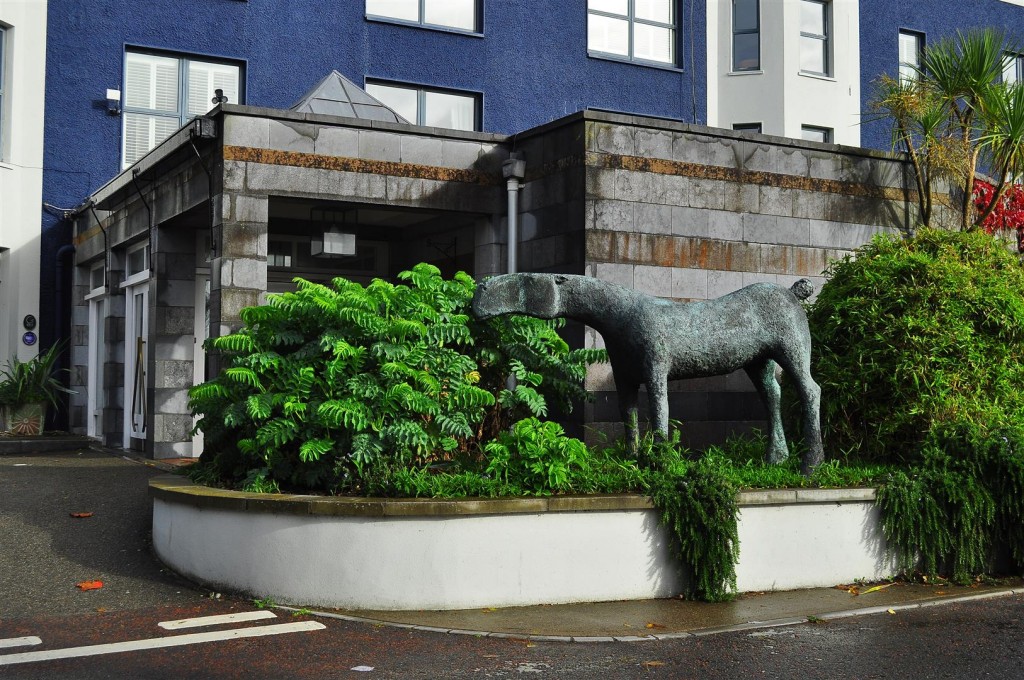
A clever positioning of melianthus major with a horse sculpture at Kelly’s Hotel , Rosslare October 2014
As usual Helen Dillon was down to earth with buckets of advice to the various gardening queries raised and over the three days she brought us through the plants in her famous Rathgar garden , described her personal favourites , their likes and dislikes and here is my list of plants from her selection that I am going to source following her series of talks .
Erigeron cadensias …. a small rock garden plant that seeds itself into cracks and other unlikely places and which once you plant it you have it for life .
Hesperis … sweet rocket, sprinkle a packet of seed in spring , pinks and whites which brightens up the summer border and again is a great self seeder .
Paul’s Himalayan Musk … a vigorous climbing rose , ideal for climbing into a tree or over a pergola , flowers only once in the season but long lasting and a great smell .
Canary Bird Rose ….. a medium rambler , yellow flowers over a long period and at a time when few roses are out from early March to end of May but what I really also like about this rose is the foliage which is fern like glaucus green almost like my favourite rose , rosa rugosa .
Rose Bengal Crimson …. an excellent shrub rose which flowers repeatedly over eight months and a rose which Helen Dillon features throughout her flower borders .
Rose Florence Mary Morse ….. this was Christopher Llyod’s mother’s favourite rose , a shrub rose bred in 1951 which flowers over an eight month period and is still a favourite at Great Dixter , Christopher Llyod’s famous garden where it is planted in the Long Border and is the only permanent plant to be repeated four times throughout the border which speaks volumes for its value .
A word of caution here in that all these roses will suffer from black spot which is the main reason along with the regular need to dead head that I gave up growing roses on any large scale years ago apart from rosa rugosa which does not get black spot however Helen’s enthusiasm for these four roses and her repeated use of them in her garden design means that I will certainly find a space for them here next season .
When in Helen Dillon’s Garden in late July this year she gave me a piece of her clump of tetroplanax rex which I potted up in a sheltered nursery area and it is looking good to be transferred to the garden next May when all threat of frost has passed ….. this is a massive architectural plant growing to over three metres high if it likes you but it needs shelter from winds even in the best of times and is a plant I have been looking for without success for years .
Late October sunlight makes great photographs and this is the Cercis or Judas Tree ….. so called because it was supposed to be the tree Judas hanged himself from in the Potter’s Field outside Jerusalem after betraying Jesus for the thirty pieces of silver ….. despite it’s infamous history a lovely small tree with deep purple leaves and great shape , not particularly difficult to grow but rare enough to find in the garden centres and a good tree for the mixed border planted in among the perennial plants as it does not block out the light .
Peter Cullen gave us some hours this week with his chain saw and Snezana and he shifted quite a few dead conifers and pruned back some willows which were crowding out a lovely specimen oak tree … Peter is a pro with the chain saw who takes all the proper precautions and I am not prepared to heft one around myself …… think Mr. Bean let loose with a lethal petrol driven chain saw and you get the picture why I don’t do it myself !!
Just after I took this photo I was called away for an hour and came back to find that what was supposed to be a mild tidying up of the willow in the previous picture had turned into a total massacre where the willow was cut to the ground …….. both terminators claimed it was a misunderstanding , a mix up in communication … happen to anyone or words to that effect ….. mix up my arse ( or words to that effect ) was my high decibel reply !
Not a problem for the willow and such a severe pollarding every few years is good for willows and helps promote a good goblet type shape tree but …and this is a big BUT… cutting down such a big tree in late October has the potential to upset the micro climate of the surrounding plants and will open them up to five months of potential harsh winter winds and frost …… this willow provided shelter for a quite tender variegated bamboo and for the specimen oak tree in front of it … far better to have cut it down in late spring when the worst of the weather has passed …it is called looking at the bigger picture when cutting down or removing any tree or shrub and every garden will have a similar problem ……. as for the two terminators Peter will be paid in October 2017 and Snezana will be allowed sleep in the house again next April …… watch this space !
But I did at least make them a cup of tea later …. when mind you they did not look particularly guilt ridden after the massacre !


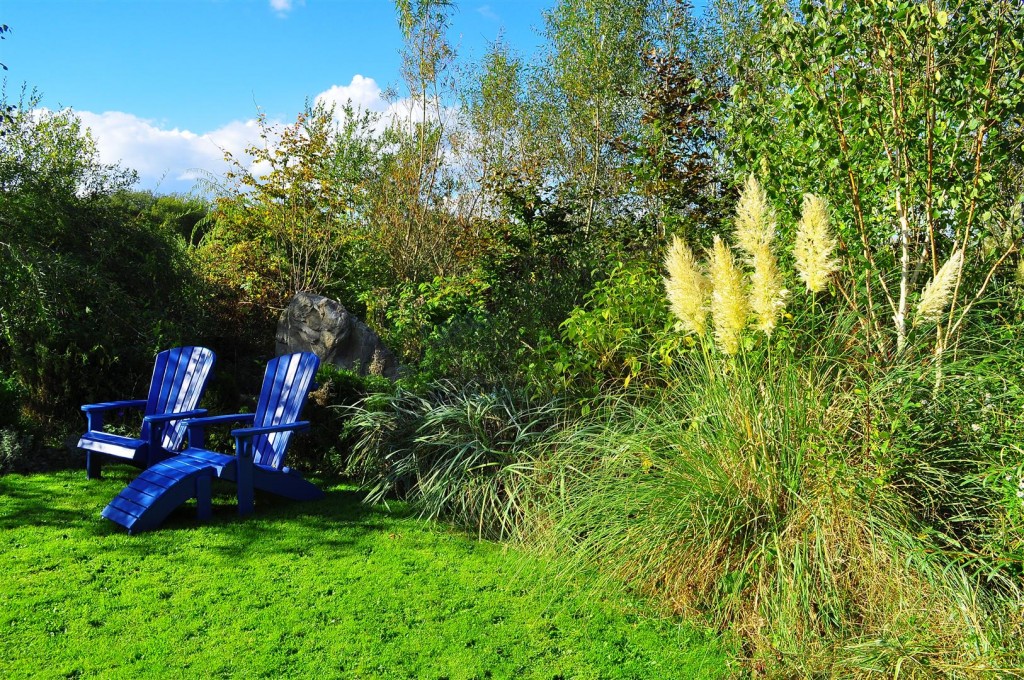
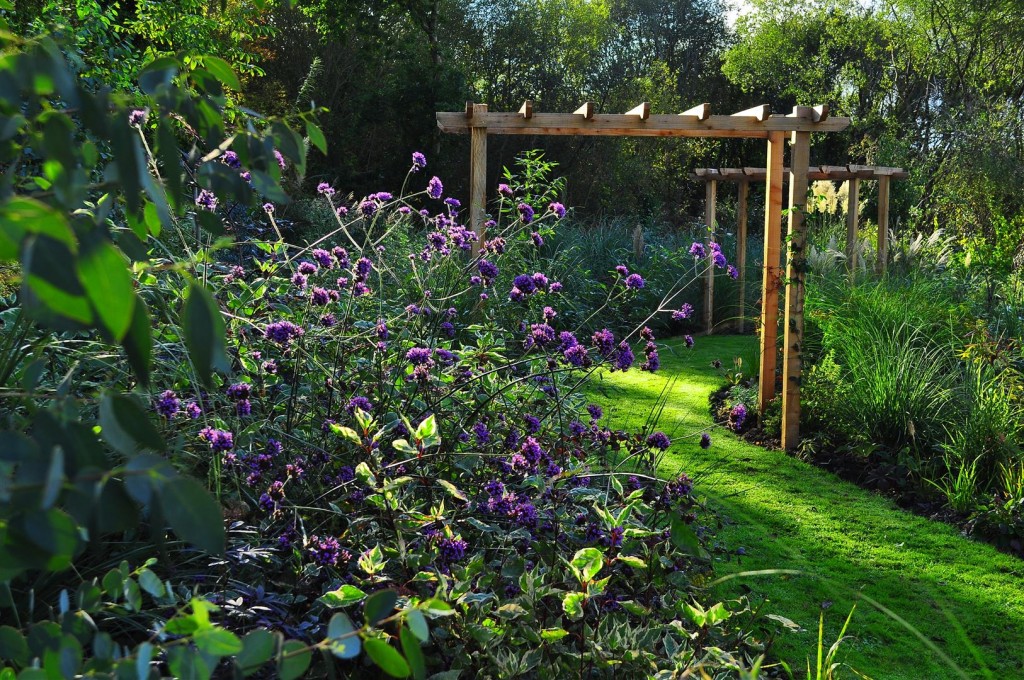
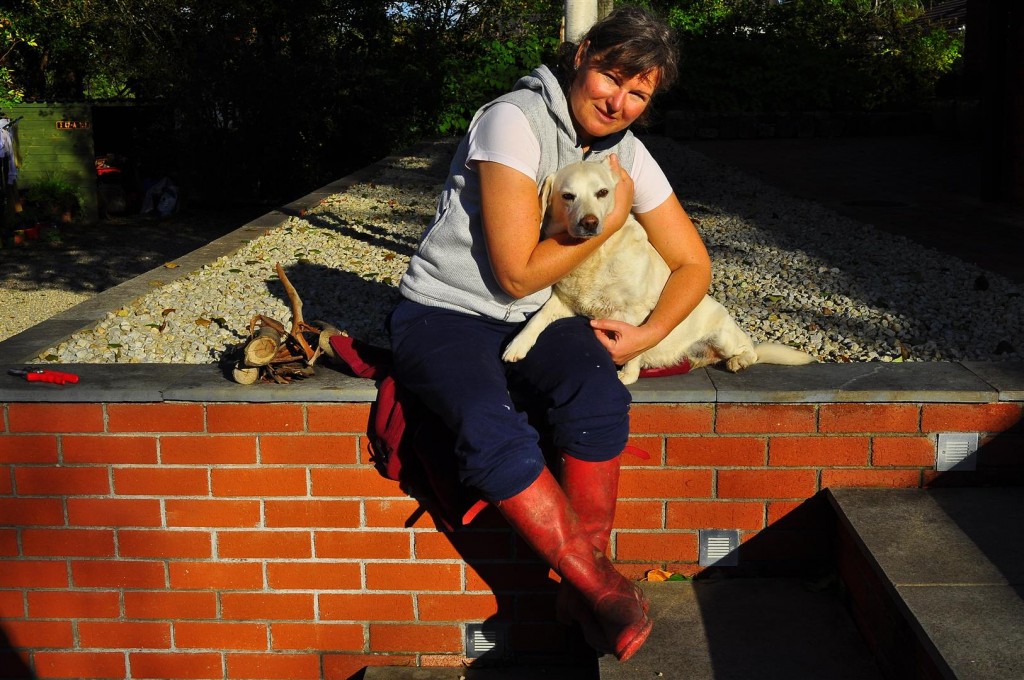
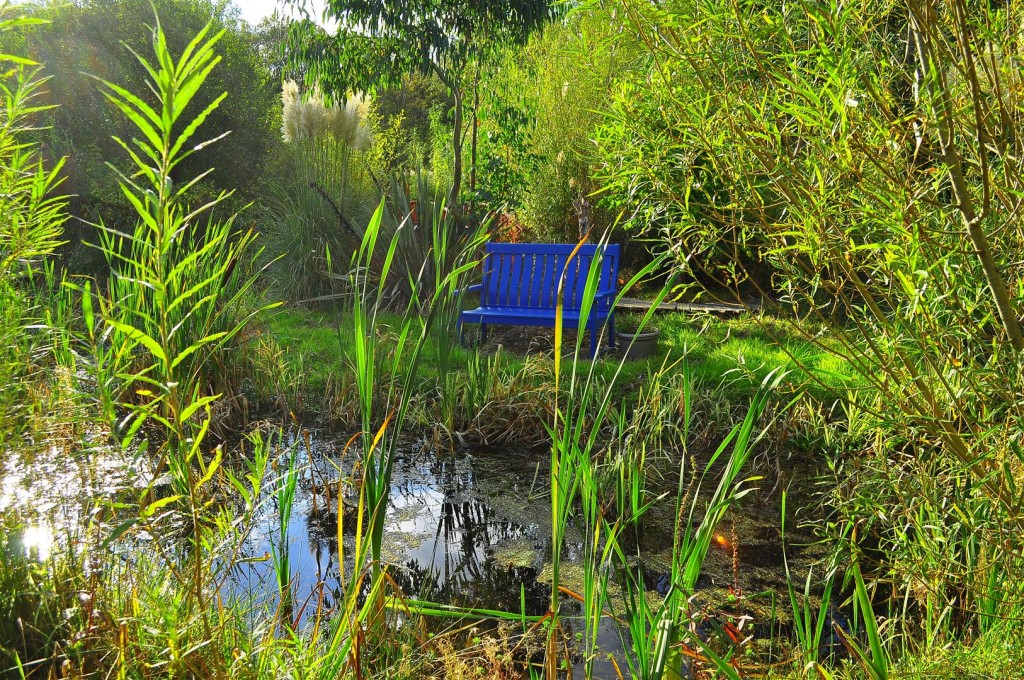
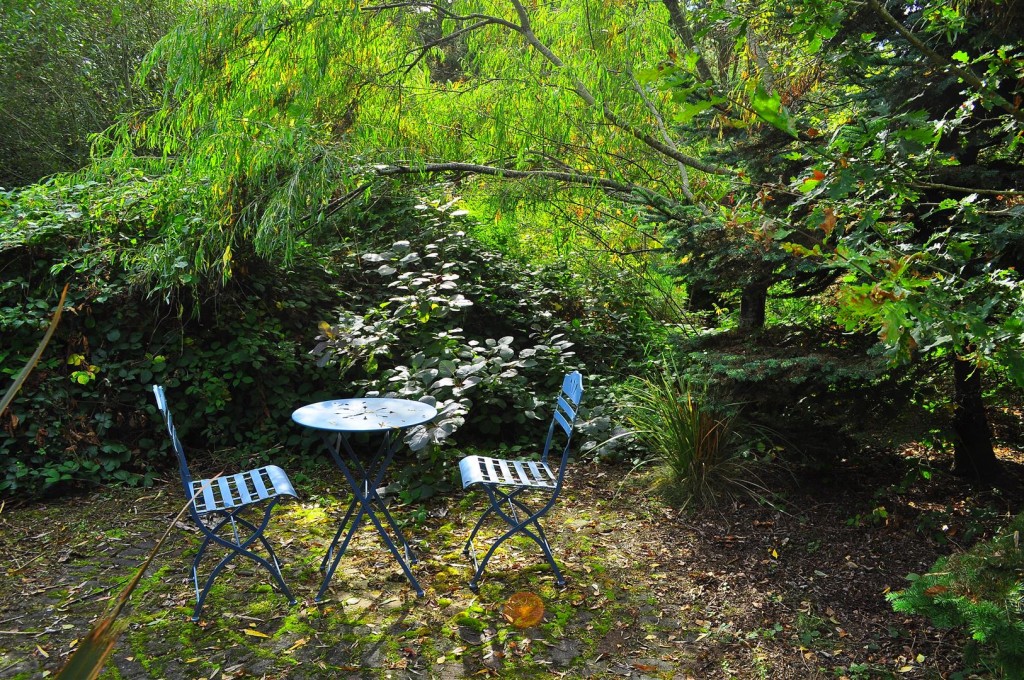
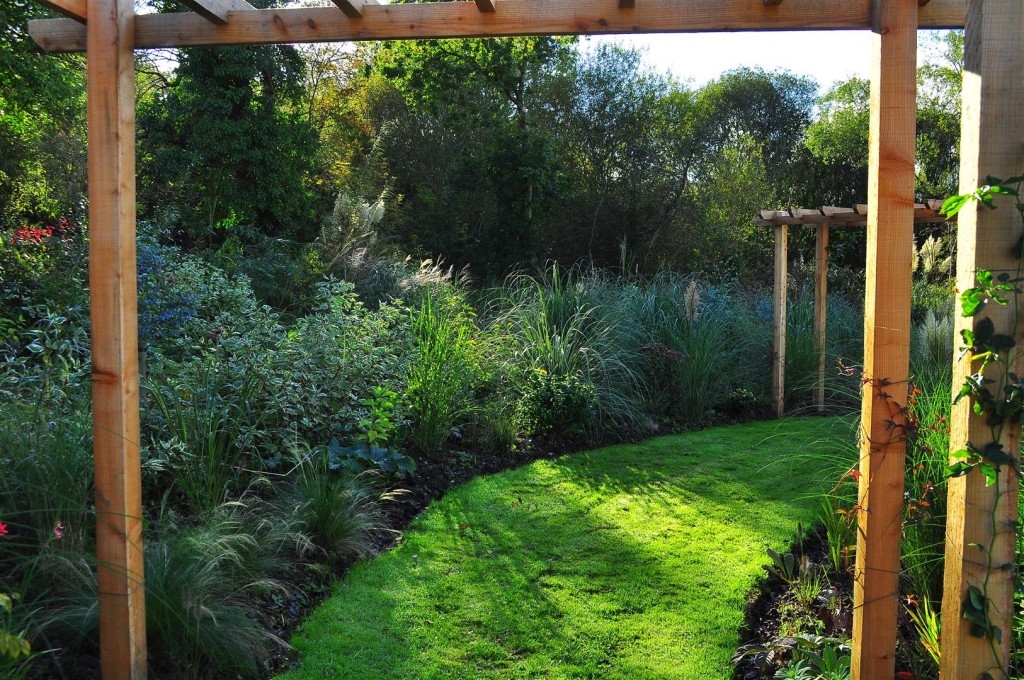
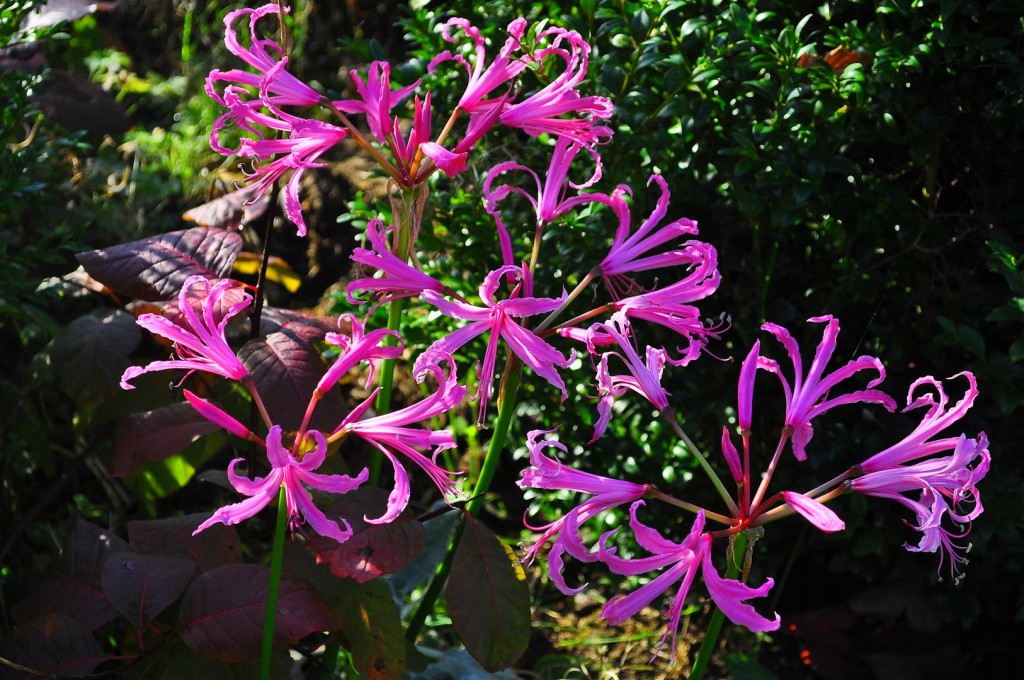
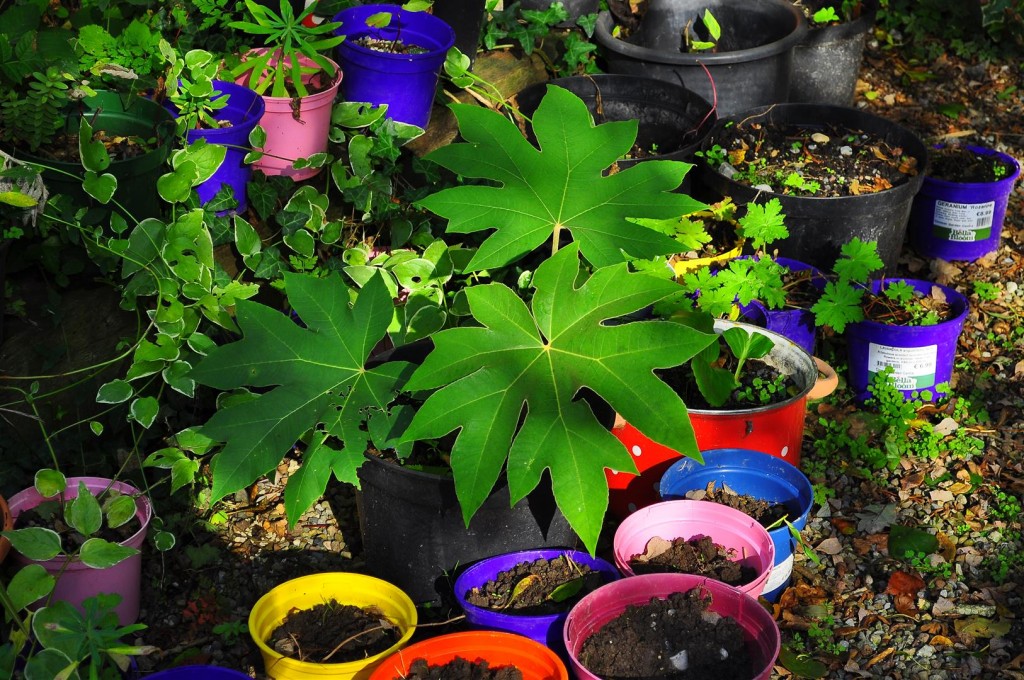
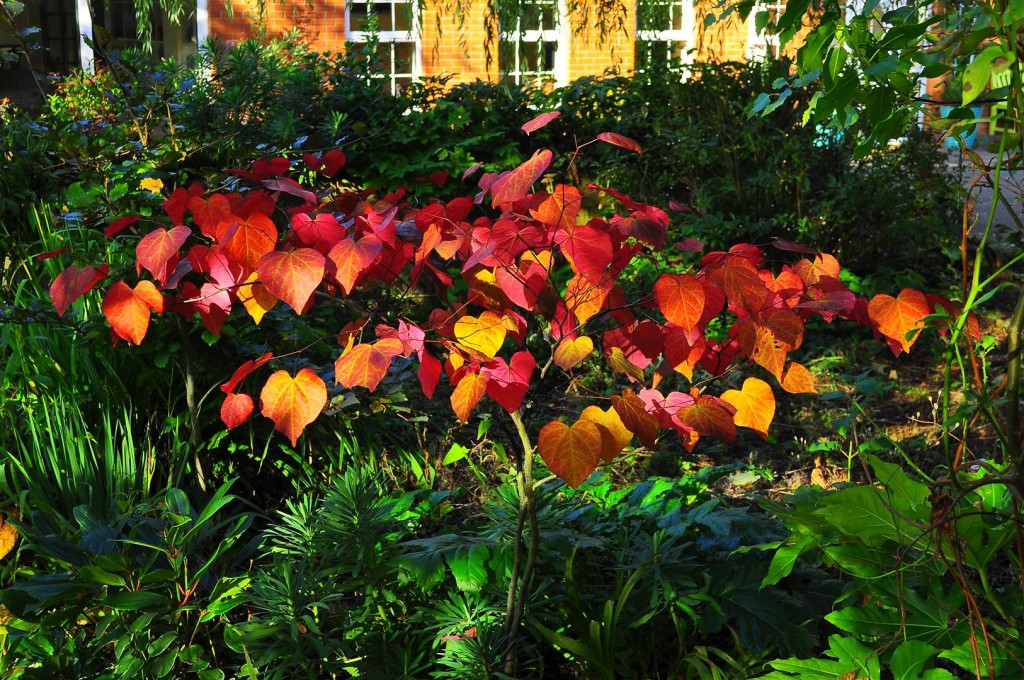
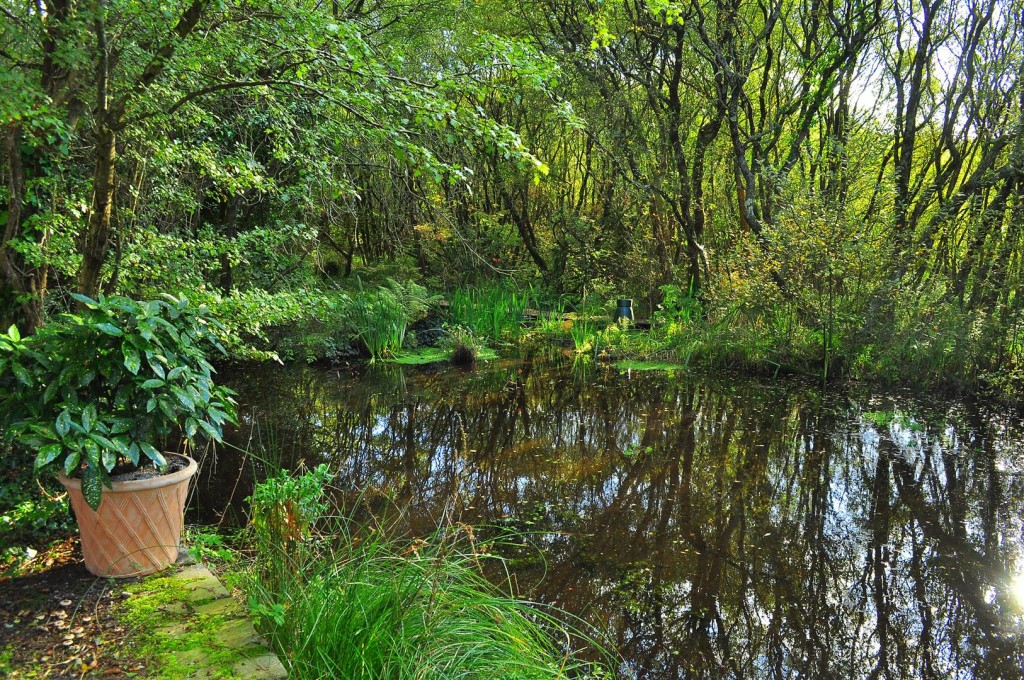

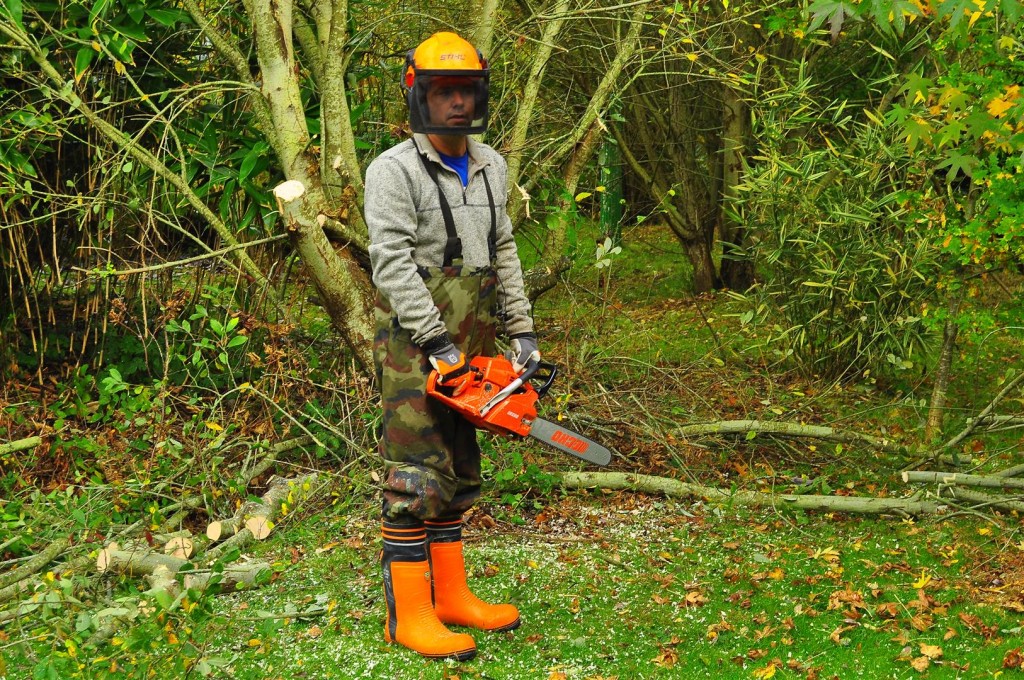
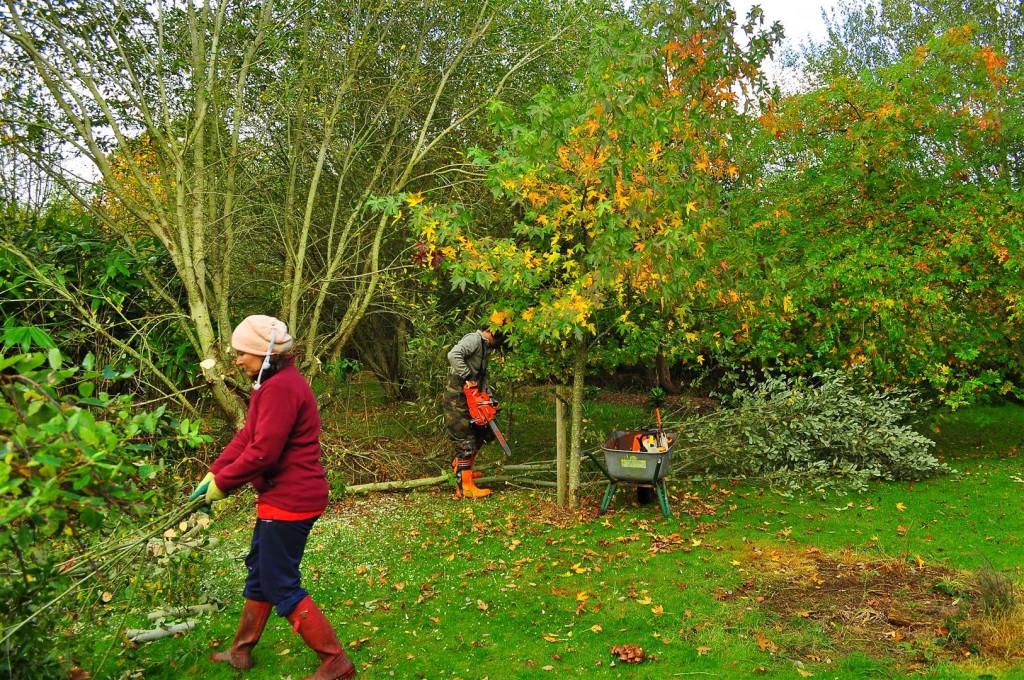
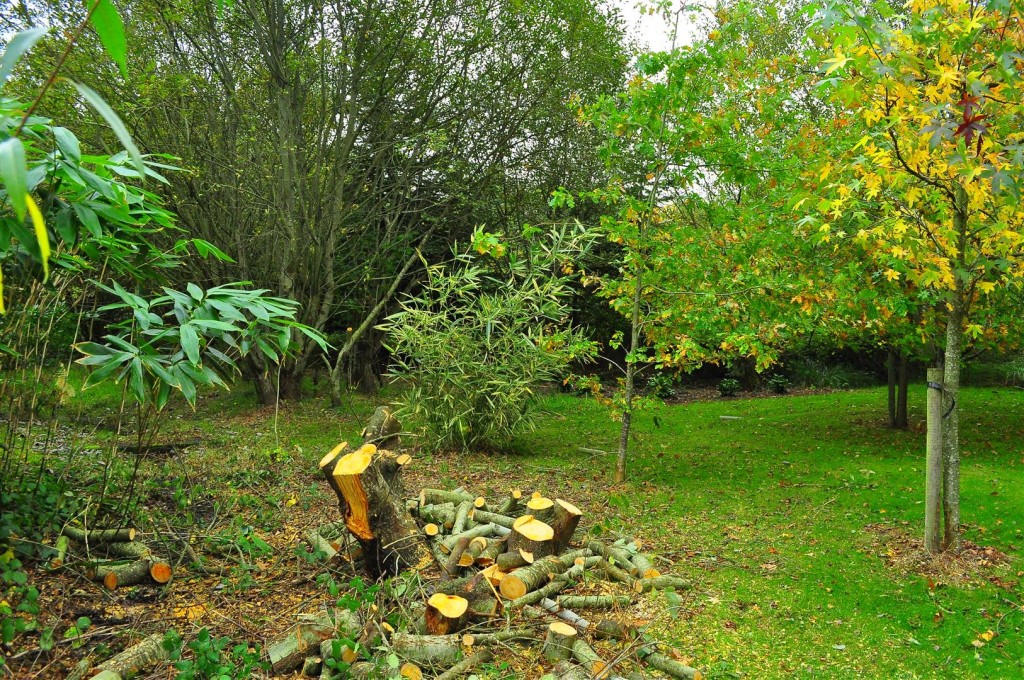
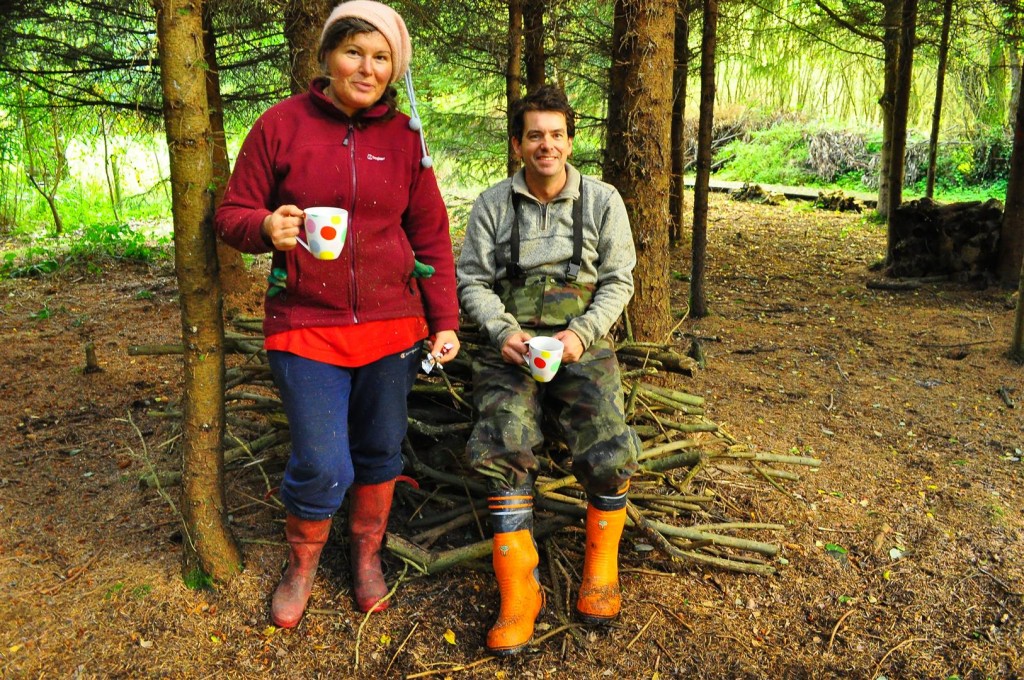
Leave a Reply